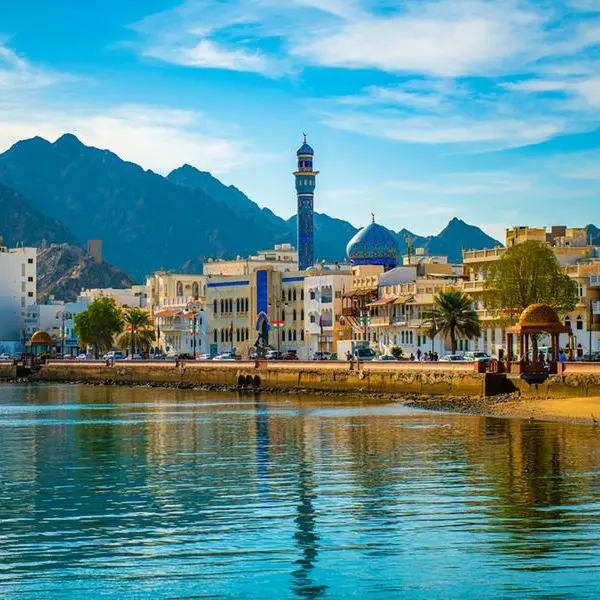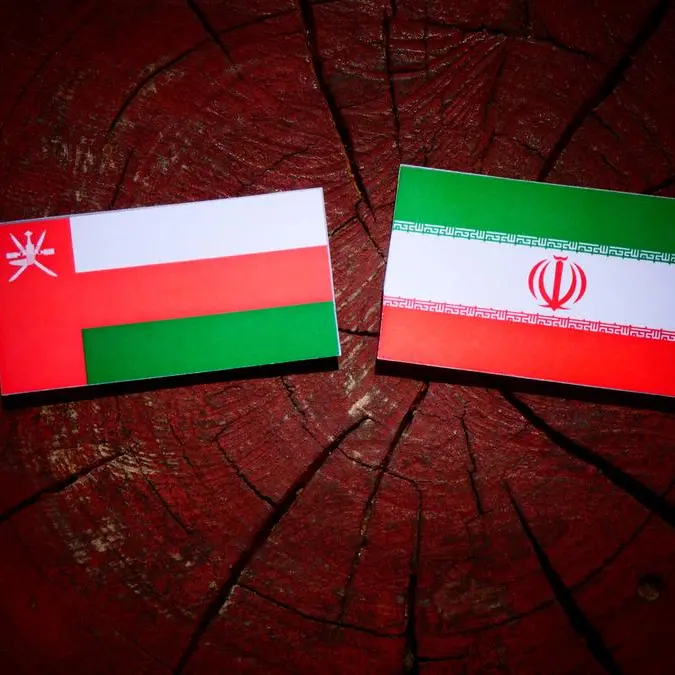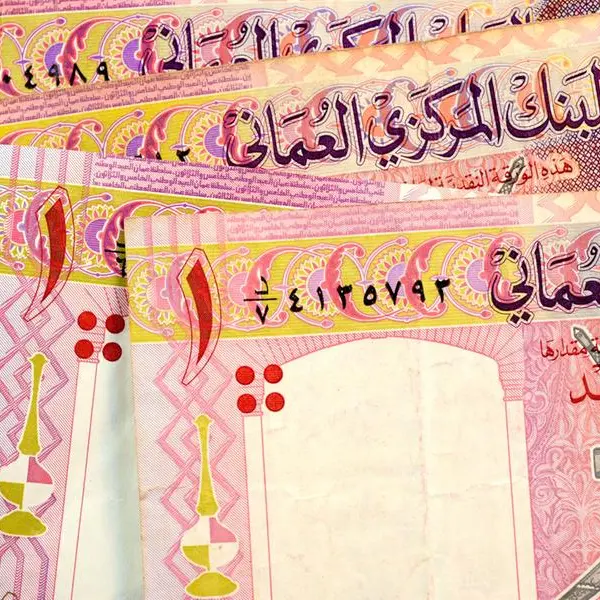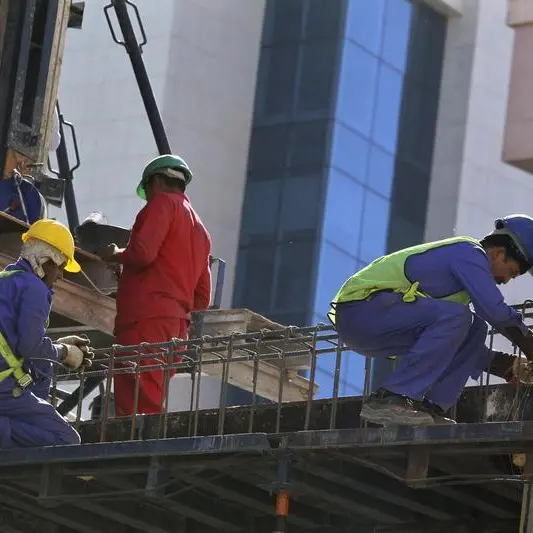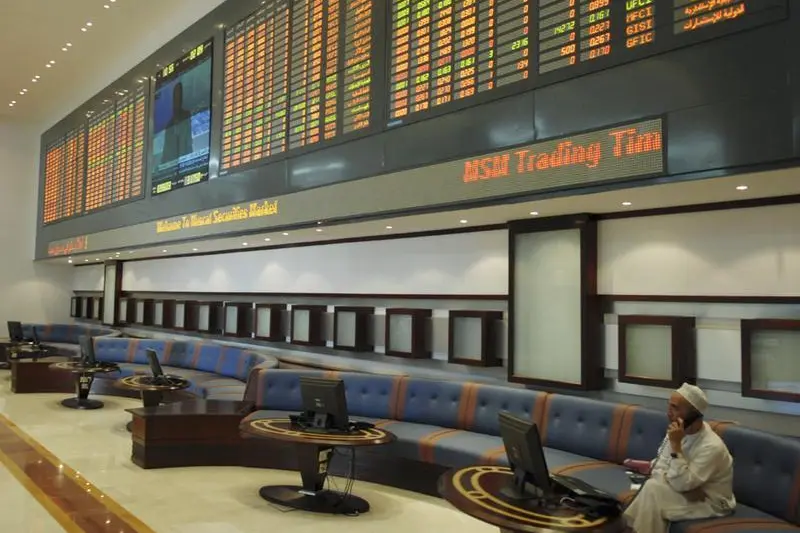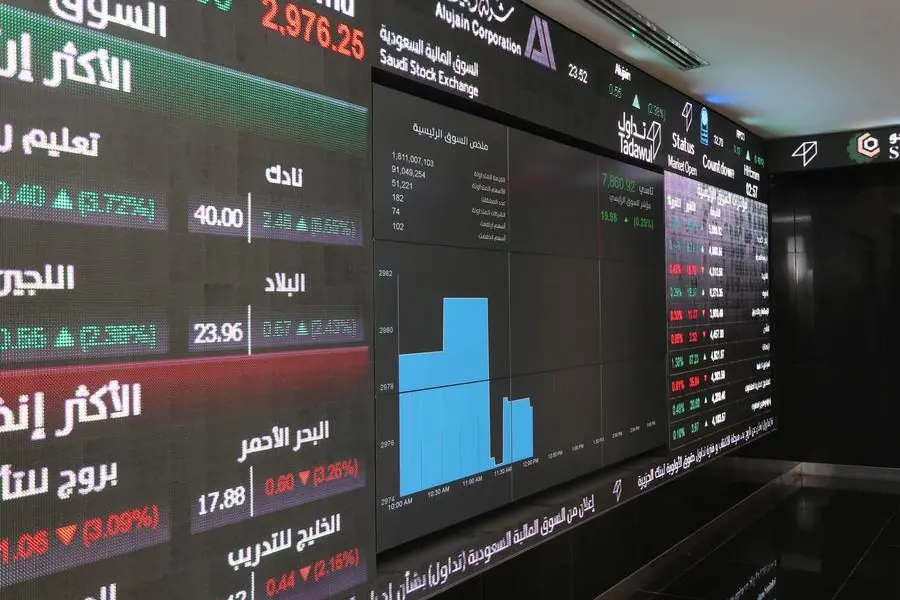PHOTO
Oman’s economic growth is expected to rebound to 2.7% in 2024 but will slip in 2023 to 1.3%, the International Monetary Fund (IMF) said in an end-of-mission statement to the Sultanate on Monday.
The projections reflect the oil production cuts by OPEC+, moderate growth in the non-hydrocarbon sector due to recovering but still subdued construction activity, a slowdown in global economic activity and tighter financial conditions.
The Gulf nation’s real GDP rose by 4.3 percent in 2022, primarily driven by a strong expansion of the hydrocarbon sector.
However, non-hydrocarbon growth is projected to rise to 2 percent in 2023 and 2.5 percent in 2024, from 1.2 percent in 2022.
Headline inflation eased from 2.8 percent in 2022 to 1.1 percent by April 2023, reflecting lower food inflation and a stronger US dollar.
According to the IMF, the banking sector remains sound as profitability has recovered from pandemic lows. Banks display abundant capital and liquidity buffers. Asset quality remains strong while credit to the private sector continues to expand.
“The near- to medium-term outlook is favourable and risks to the outlook are balanced,” the statement said.
On the upside, growth and fiscal and external positions will be spurred by accelerated production at the Duqm refinery project, another surge in oil prices, an acceleration of Vision 2040 reform plans and a rise in foreign direct investments from regional partners.
A sharp decline in oil price due to a severe and protracted global economic slowdown, lower demand for hydrocarbons due to a faster-than-expected global energy transition and pressures to spend the oil windfall represent key risks to the outlook, the report said.
(Editing by Seban Scaria seban.scaria@lseg.com )



